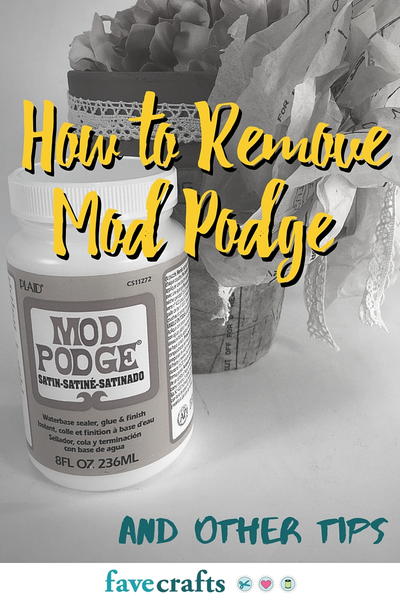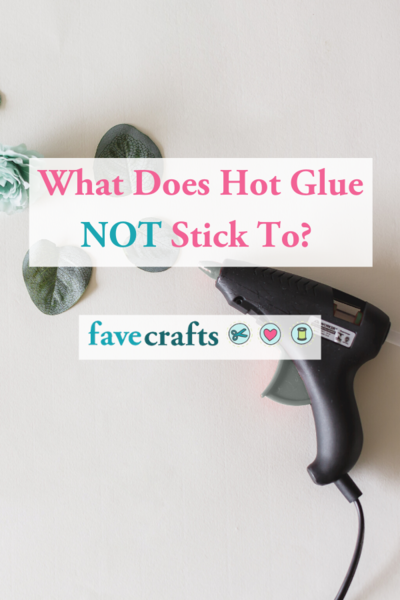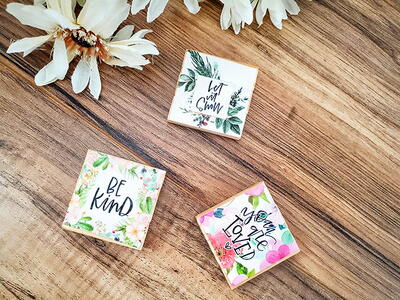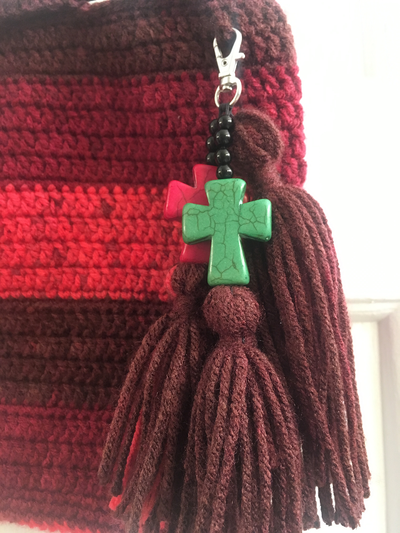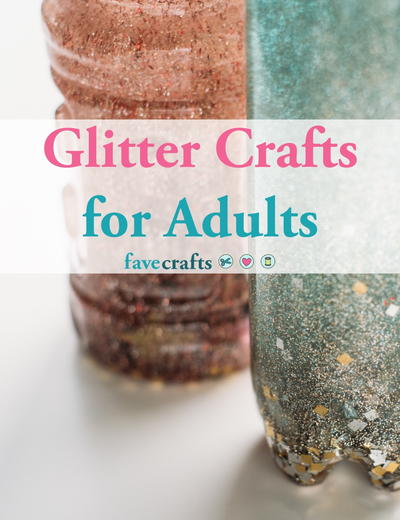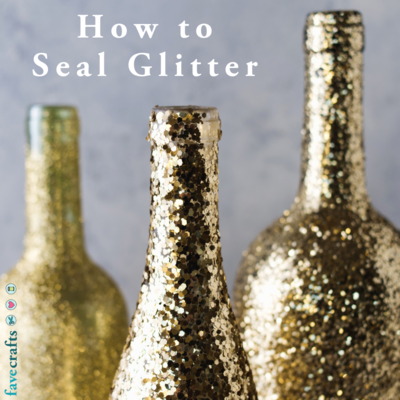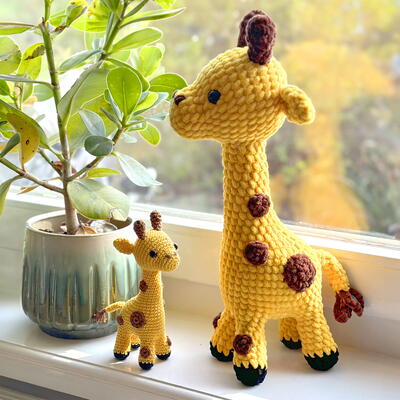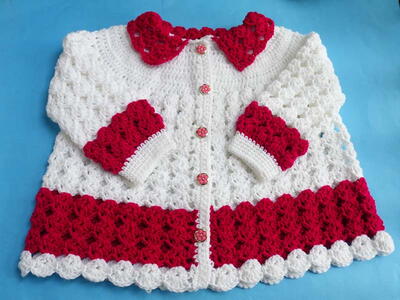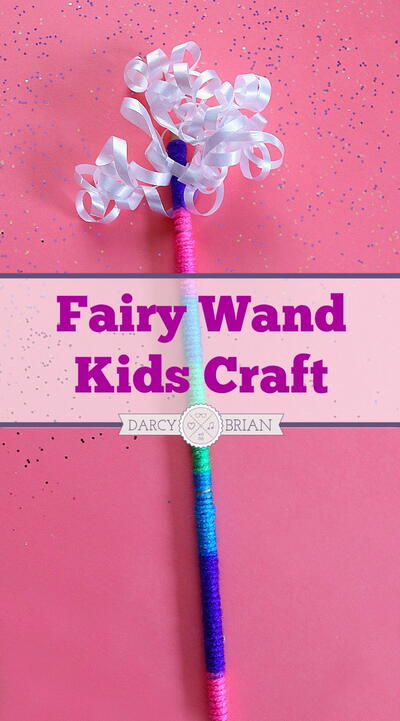Dye your Teddy's Fur
Create a unique and different look for each of your teddy bears. Now you can dye the fur to get young and old looking bears. You can do this by using your stove top or washing machine.
Dyeing mohair fabric is easy. You can create unique, one-of-a-kind bears by dyeing their fur.
Rit dyes are easy to use and the easiest to find in stores. Their liquid dyes create bright colors, while their powdered dyes are a better choice for that "old bear" look. A tea bath after the fabric has dried will tone down the brightness of liquid dyes. Also, adding a very small amount of black, dark brown or khaki dye will help to achieve an old look to the fur.
You may cut the fabric out, then dye it, or even sew it together before dyeing. Depending on the temperature of the water, the cotton backing may shrink. If you sew before you dye you must pick all the fur out of the seams first. Fur caught in the seams will not take the dye as dark as the rest of the fabric.
You do not need to begin with white fabric. You may dye over another color. Even when using the same dye bath, you will get a totally unique look if each fabric is a different base color.
Test a swatch before dyeing the whole piece of fur fabric. Keep a record of amounts of water and dye, water temperature and length of time you have the fur in the dye solution. Dye enough fabric to complete your entire bear. Regardless of how carefully you follow your dyeing "recipe", no two dye baths will produce exactly the same color. Include the felt or suede fabric you will be using on your bear in the dyeing process. Be sure to do a test of the paw pad fabric also.
Stove Top Method:
You will need a container large enough to hold sufficient water to cover the fabric, a measuring cup and spoon, wire grooming brush, stirring stick or spoon, and dye.
Read and follow directions on the dye package for stove top method.
- In your stove top pot, mix enough dye bath to more than over your fabric.
- Heat dye bath to the same temperature you would wash 100% cotton--backing of mohair is 100% cotton.
- Wet down the fabric in clear tap water. A very important step so the dye takes evenly.
- Submerge the wet fabric in the dye bath, stirring frequently for 20 minutes or until the fabric is the desired color. It will dry a lighter shade.
- Rinse in cool water until rinse water is clear.
- Squeeze out excess water.
- If the fabric is a straight pile you may dry the fabric in the dryer on a low setting. For distressed fur fabric, it is best to hang by the salvage edge or lay flat to dry.
Washing Machine Method:
You will need dye and bleach.
Read and follow directions on the dye package for washing machine method.
- Wet down the fabric in clear tap water. A very important step so the dye takes evenly.
- Mix dye in washer before you put the fabric in.
- Set washing time to longest setting.
- Be sure to run one load of bleach water through a full cycle immediately after dye load. Wipe all the surfaces of the washer to be sure all dye is cleaned up.
- If the fabric is a straight pile, you may dry the fabric in the dryer on a low setting. For distressed fur fabric, it is best to hang by the salvage edge or lay flat to dry.
Your Recently Viewed Projects
beadbrains 3624192
Jan 28, 2013
After 30 years of making teddy bears and also dying the fabric for the bears;I have found one thing that helps keep the dye "fixed" in your bear fabric I add two cups of white vinegar to my rinse water to set the dye in the fabric. It also will help keep the fur soft whether it is acrylic fur, cotton or mohair. Also, Koolaide is also a great product for dying mohair and cotton type fabrics. Also, there are natural products from trees, berries, roots, and more organic sources. I use Mullberry berries each spring to do a special dye job on my teddy bears. Raspberries, blue berries and other berries can be used too.
Weberme
Feb 22, 2017
Thanks so much for your helpful suggestions on things that work for you when dyeing your bears fur. It is so thoughtful to share these things with us to help make it easier. I never knew that the vinegar would help set the dye or that you can se Koolaid to dye fur. I have heard of using natural products before but never have myself yet. I am so going to use these. Thanks.
MyMimsiesetsy
May 10, 2010
Well that's lovely if you happen to be able to get Rit dye, or any brand liquid. I'm stuck in Australia where there are no real craft stores and on the rare occasions that I can even find ANY brand of dye it is like $11.00! It would be GRAND if there were a way to dye fabrics the same as easter eggs... PS, there are NO white eggs here, only brown, and the people here swear that we "yanks" put something in the chicken feed! It couldn't be that chickens with white feathers drop dead from the brutal death valley like heat here! Oh no. It's us hawkish "Yanks" feeding junk food to the livestock!
magicalthings4u
Jun 19, 2013
MyMimsiesetsy You can use natural things to dye with Beets will give you a rich red or a pink depending on how long you leave it in the juice and you can yse the canned beets too if you cant grow them there Add white vinegar and a cup of salt to set the dye and the salt will also help keep the bugs from wanting the dye You can also contact your local SCA group and find someone in there group interested in fiber arts and can probably tell you what the locals used as dyes the group is world wide and are into researching the middle ages and reacting them too the ones that have come to the US that I have met were all very nice The group web address is www sca org then look up find your kingdom I looked and here is the link for…Read More Kingdom of Lochac Australia and New Zealand parts of Antarctica http lochac sca org lochac hope you can find some local plants to be able to dye teddies
Report Inappropriate Comment
Are you sure you would like to report this comment? It will be flagged for our moderators to take action.
Thank you for taking the time to improve the content on our site.

